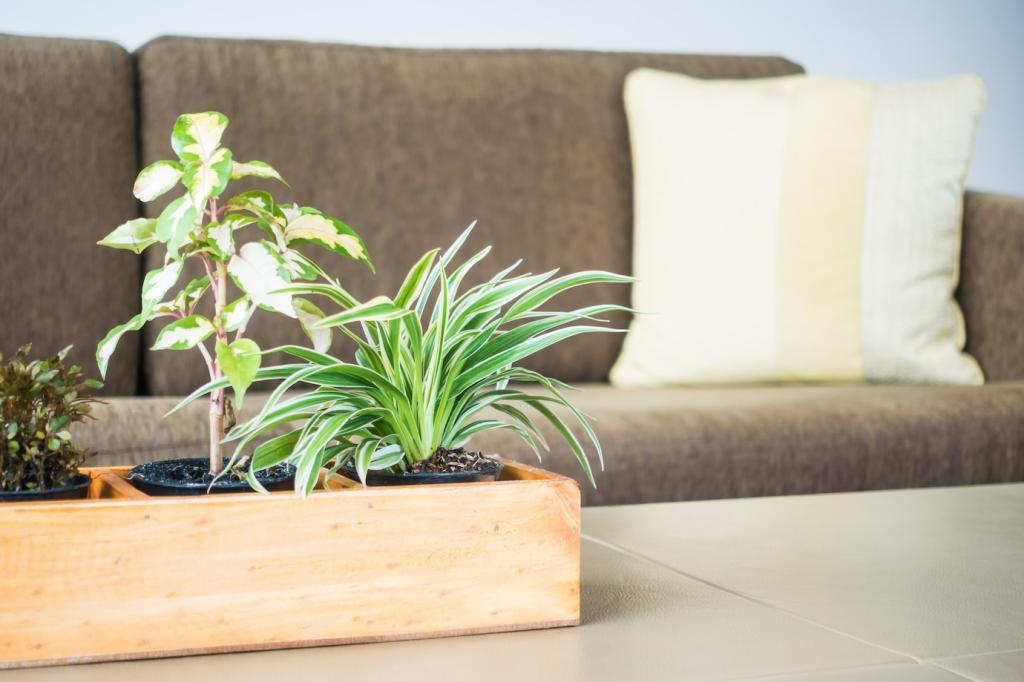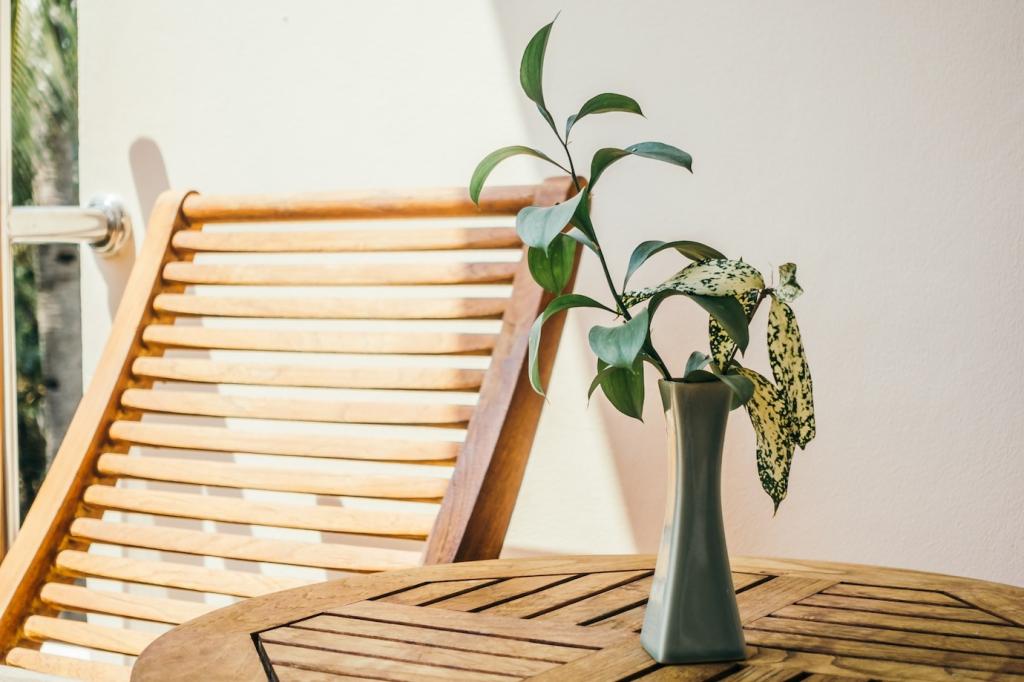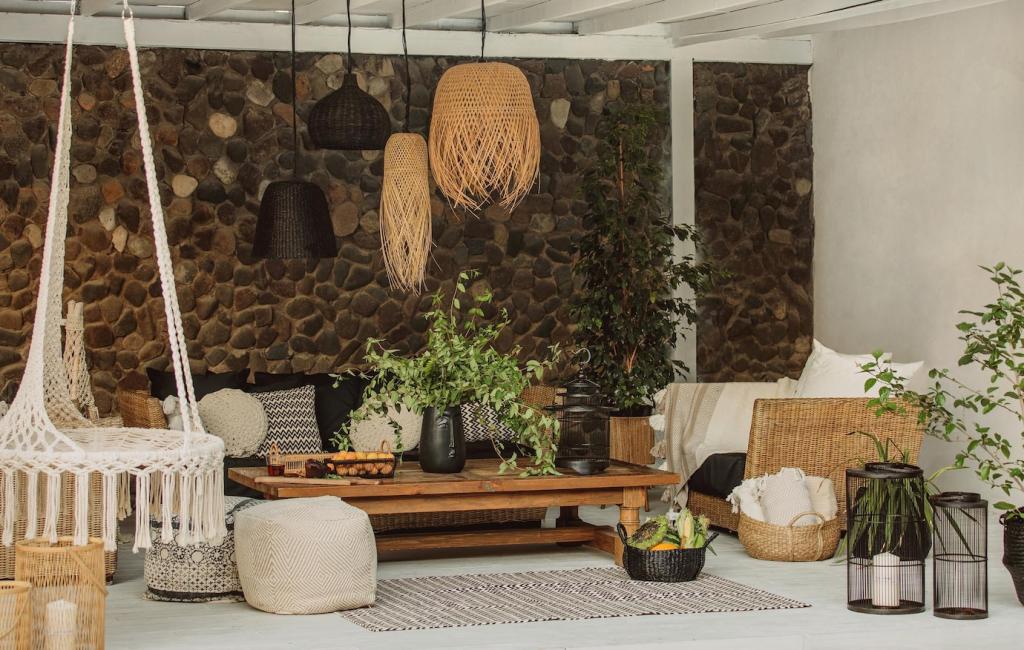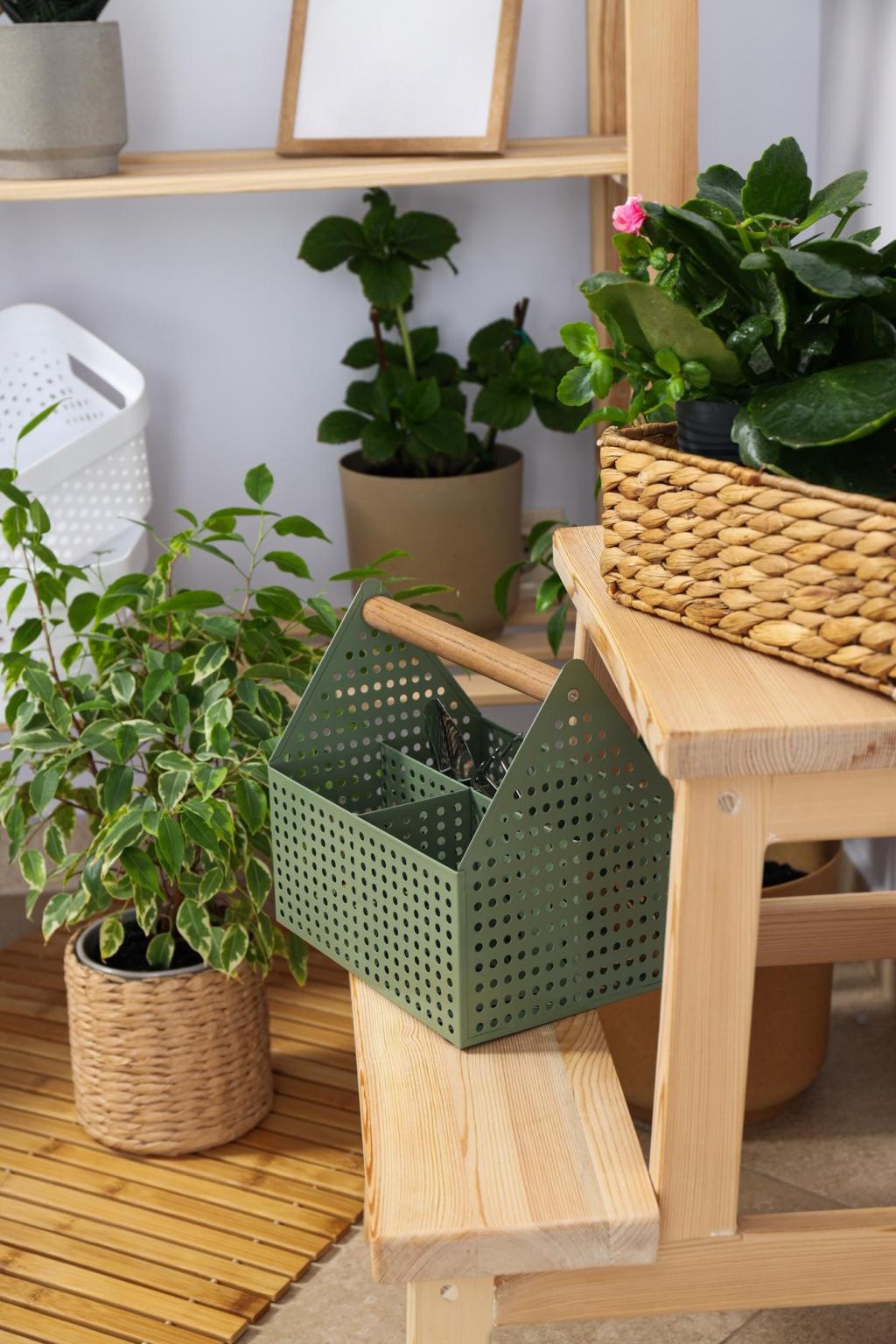Chosen theme: Recycled and Upcycled Decor Ideas. Welcome to a home where creativity meets conscience—where forgotten materials become soulful centerpieces, and every surface tells a story worth sharing, pinning, and proudly living with.
Why Upcycling Belongs in Your Home
When you upcycle, you keep usable materials out of landfills and reduce demand for newly manufactured goods, which often carry heavy environmental footprints. Your home gains personality while your choices quietly lower waste, conserve resources, and inspire neighbors to rethink what’s truly disposable.


Why Upcycling Belongs in Your Home
Last spring, I rescued a sun-faded door destined for the curb and transformed it into a headboard. Guests always ask about the scuffs and nail holes, and I love saying they’re chapters of a story, not flaws—please share your favorite salvage stories too.
Sourcing with Purpose: Finding Materials Worth Saving
Hunt Responsibly
Explore thrift shops, architectural salvage yards, community swap groups, and curbside giveaways, always with permission and a respectful eye. Bring a tape measure, gloves, and photos of your space. Share your favorite local gems in the comments so others can discover responsible, affordable sources too.
Know What to Avoid
Be cautious with items showing mold, severe rust on load-bearing parts, or chipping paint that may contain lead on older pieces. Favor solid frames, real wood, stable joints, and hardware you can replace. Safety first: wear protection, ventilate, and research uncertain finishes before sanding or stripping.
Community Connections
Post wish lists in neighborhood forums, check library maker boards, and visit reuse centers. Barter materials with friends starting their own projects. Your community is a treasure map—drop a note below with groups you trust, and let’s grow a generous network of circular creativity.
Transformation Techniques That Work
01
Clean thoroughly, degrease, and sand lightly before priming. Use low-VOC primer and paints for healthier air, and let coats cure fully. Test a hidden patch before distressing or glazing. Durable prep protects your effort, ensuring beauty that actually survives real life and busy, joyful rooms.
02
Reupholster with sturdy denim, canvas, or wool remnants, adding batting for comfort and crisp corners. Try bias piping, contrasting stitching, or decorative tacks for a bespoke finish. A small footstool is a perfect practice piece—share your fabric choices and we’ll help brainstorm trim combinations.
03
Swap dated knobs for salvaged brass, add casters to lighten heavy pieces, and use quality wood glue with proper clamp time. Pocket-hole joinery strengthens invisibly, while a simple drill guide keeps repairs square. Tell us which tool changed your projects most; your tip might help a beginner leap forward.

Small Wins: Fast Projects for a Weekend
Jar Lights and Label Love
Convert sturdy jars into pendant lights using rated kits, proper grommets, and LED bulbs for low heat. For simpler projects, create uniform pantry labels from scrap paper and seal with tape. Share your pantry before-and-afters or lighting questions, and we’ll help you plan safe, stylish installations.
Frames from Scraps
Miter leftover trim into picture frames, sand smooth, and finish with wax for gentle sheen. Mount postcards, pressed leaves, or fabric swatches for affordable art. Post your first frame result, and we’ll suggest complementary textures to build a small gallery wall entirely from reclaimed offcuts.
Planters with a Past
Give teacups, colanders, or tins new life as planters by adding drainage and lining where needed. Pair fragrant herbs with sunny windowsills and matte trays to catch drips. Tell us your light conditions, and we’ll recommend resilient plants that thrive beautifully in repurposed containers.
Showcase and Style: Making It All Cohesive
Choose a limited palette drawn from one hero piece, then repeat it in accents across the room. Echo materials—brass twice, rattan thrice—to create rhythm. Share a snapshot of your space, and we’ll help map a palette that ties every upcycled element into a calm, cohesive whole.
Showcase and Style: Making It All Cohesive
Pair weathered wood with crisp linens, shiny metal with matte ceramics, and rough textures with soft throws. The interplay makes age feel intentional. Drop a comment with two textures you love, and we’ll suggest a third that bridges them elegantly without overwhelming your existing pieces.
Showcase and Style: Making It All Cohesive
Use natural light, step back for context, and take detail shots of joinery or texture. Before-and-after photos help others learn. Tag your posts and subscribe for monthly challenges; your project could spark someone else’s first upcycle and keep another beautiful object in circulation.

Sealants and Cleaners
Seal tabletops with water-based polyurethane or hardwax oil for durability and low odor, then dust lightly and avoid harsh chemicals. Paste wax brings soft sheen to antique wood. Share your finish dilemmas, and the community will recommend tested products that respect health and original character.
Fire and Electrical Caution
When converting objects into lamps, use properly rated components, strain reliefs, and nonflammable shades, and consult an electrician if uncertain. Keep flammable finishes away from heat sources. Post your lighting plans for feedback, and let’s make sure creativity and safety shine together, wire by wire.
Document the Journey
Keep a simple project log noting materials, sources, finishes, and care tips. Tape a maintenance card under a drawer or shelf for future owners. Share your logs or templates, subscribe for downloadable checklists, and help build a culture where stories travel with the furniture we love.
